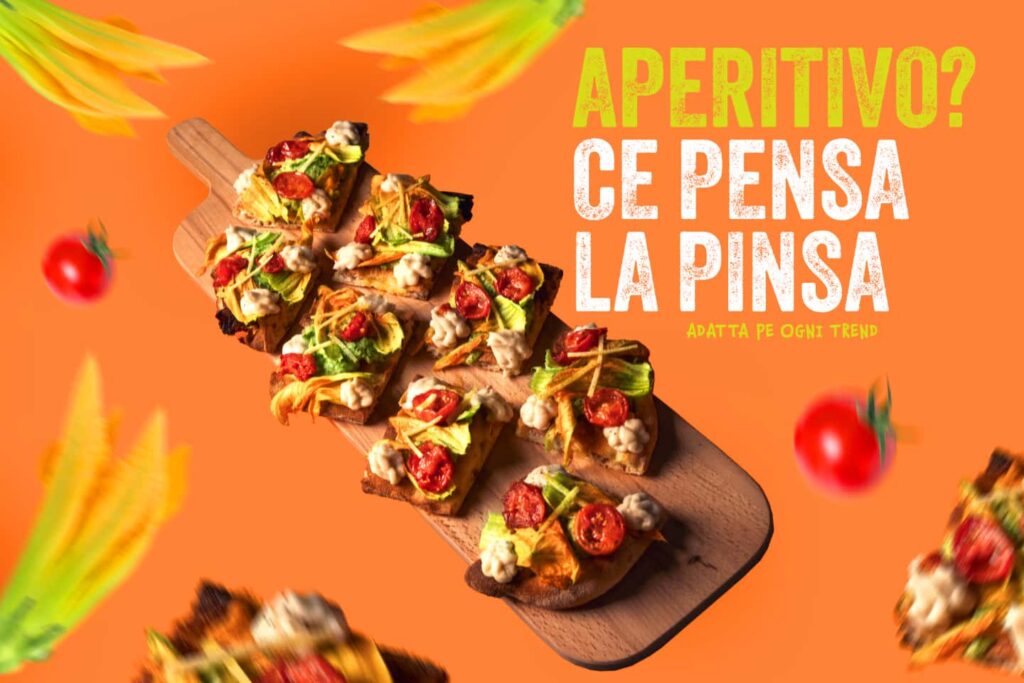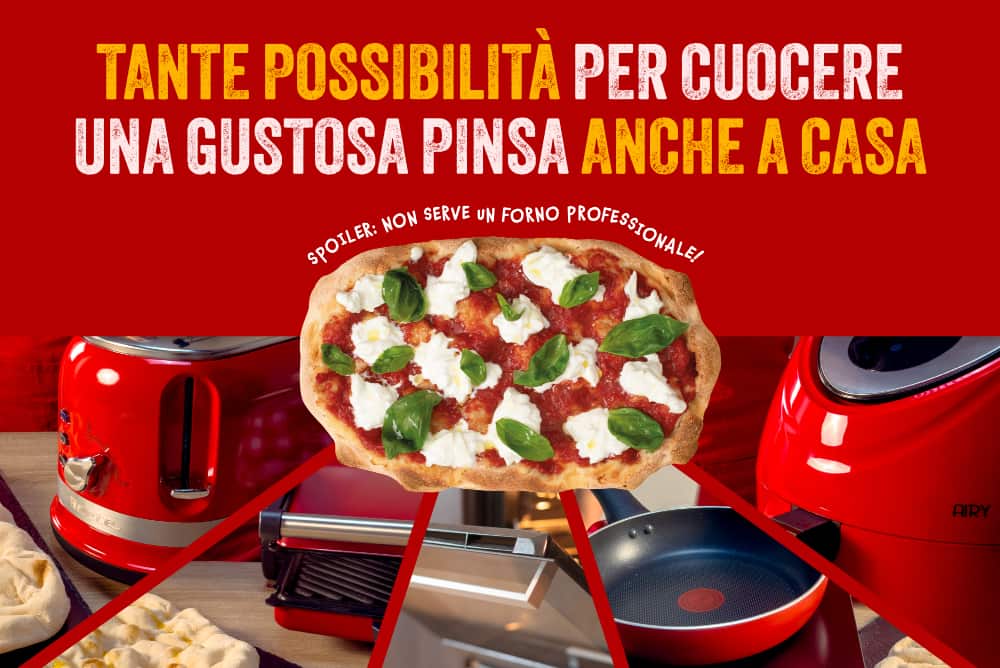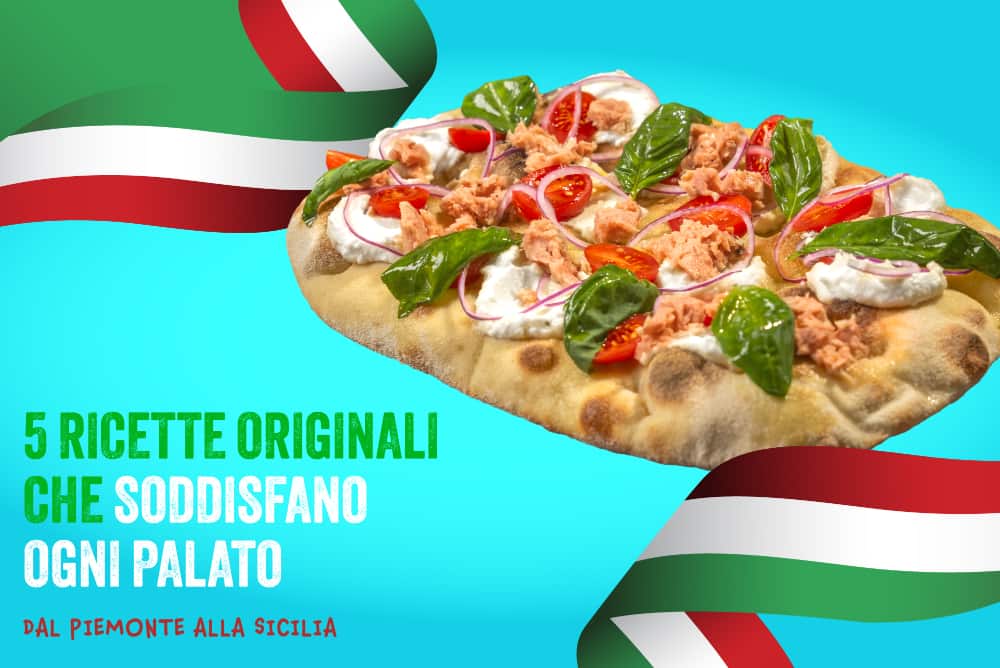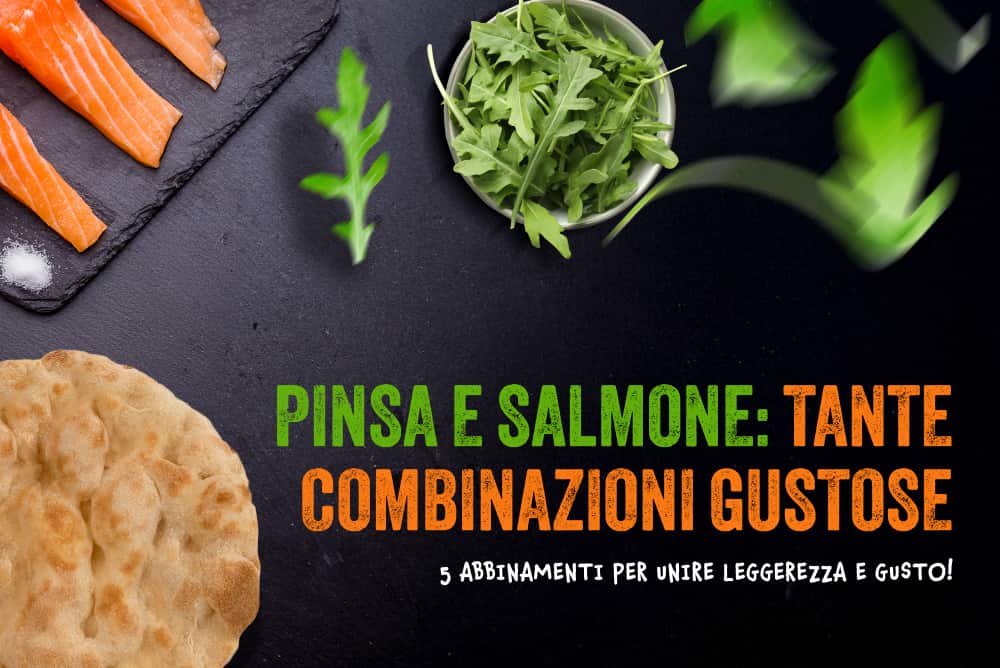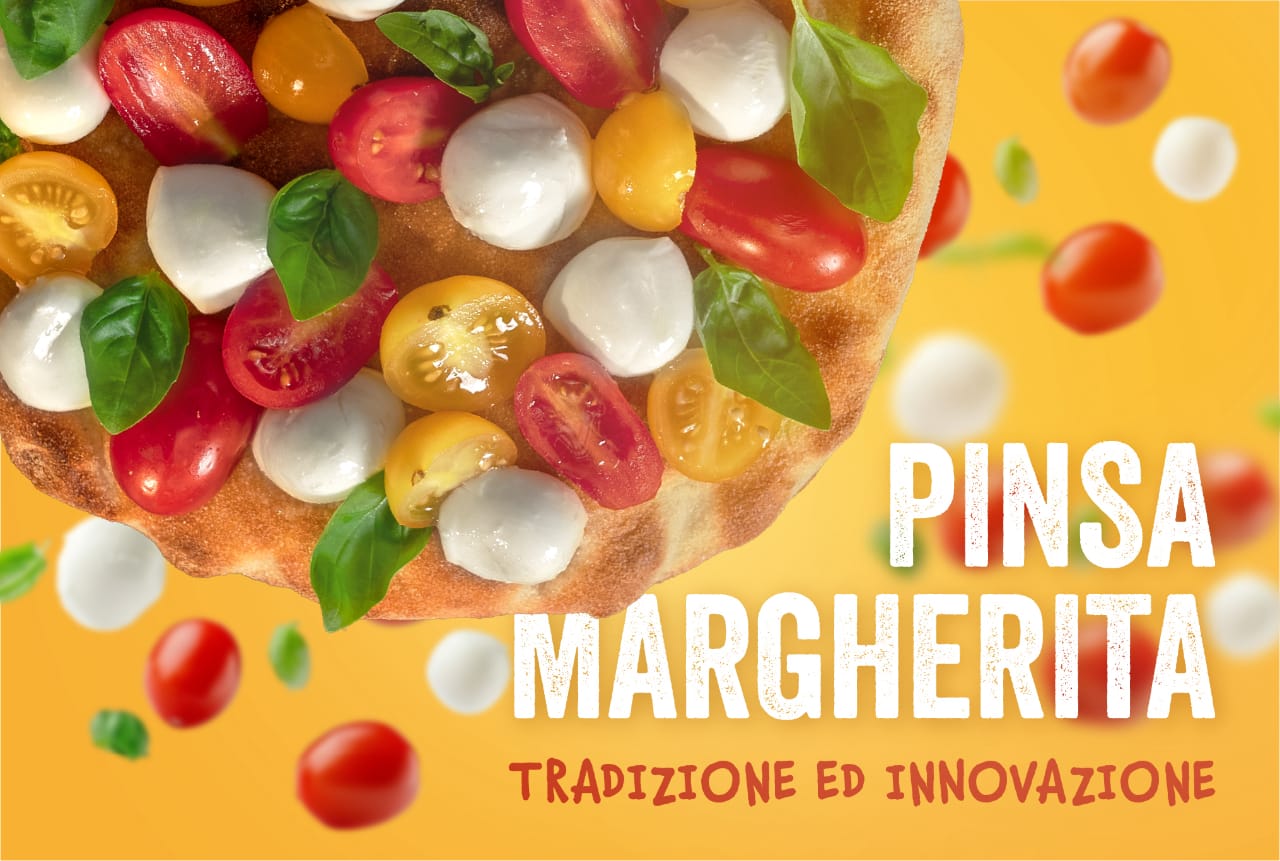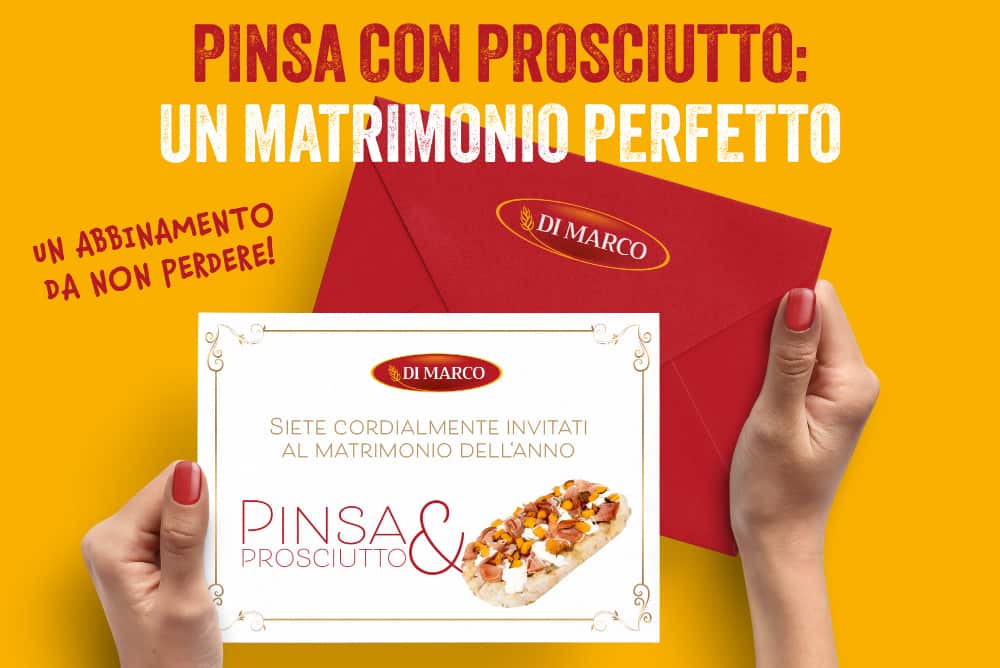Finger food has recently become one of the most interesting trends in contemporary gastronomy. But what exactly is this phenomenon that has been on the minds of chefs and food lovers and, above all, why has it captured their imagination?
What is finger food?
Finger food is a way of presenting food that favours small portions, easy to pick up and eat without using cutlery. This trend responds to the need for conviviality and convenience, making any event dynamic, unlike a traditional meal. Its popularity has skyrocketed over the last decade thanks of its versatility: today finger food is the star of cocktail parties, aperitivo, special occasions, social and corporate events.
Finger food: the reasons for success
It is always difficult to be 100% certain of the reasons for the birth (and longevity) of certain trends in the catering world. Finger food is no exception, but several factors certainly coexist, in particular a mix of practicality, aesthetics and conviviality.
- The possibility to enjoy appetising and elegant food (a relevant current trend is gourmet finger food) in micro-portions offers more freedom during social events and favours more fluid and natural interactions.
- The many possible presentations, like any innovative idea, stimulate the curiosity and interest of the guests.
- Finger food also meets the needs of an increasingly health-conscious society. It offers controlled portions, often made with fresh, high-quality ingredients.
- The origins of finger food
The idea of small portions has ancient roots, going back to the traditions of different cultures that have always appreciated food that is easy to share and eat in one bite. However, the modern concept and the definition of finger food are recent, dating back to 2002.
During the Expo-Gast in Salzburg, an international event that brings together chefs from all over the world, participants were asked to create innovative dishes that could be eaten with the fingers. This challenge stimulated the creativity of the participants and led to very elegant and sophisticated dishes. Since then, finger food has spread rapidly, not only as a synonym for small and practical food, but also for elegant and innovative food. This is also what distinguishes finger food from traditional starters and canapés, which focus much more on flavour than on aesthetic presentation, innovation or sophistication.
Versatility and innovation make pinsa a great finger food
Pinsa is in line with the concept of finger food, which, as we have seen, is based on versatility and innovation. Known all over the world for its lightness and taste, pinsa was born to be eaten with your hands, even in small portions, and even on the go. Its distinctive oval shape (although there are variations) means that it is easy to cut into smaller portions, making it perfect for serving at informal events or parties. But there are many other reasons why it is an excellent finger food.
- Unlike focaccia or other hors d’oeuvre, pinsa does not just satisfy the palate with its light flavour and crunchy texture. Pinsa naturally inspires a sense of innovation, just as finger food. The combination is perfect.
- Finger food is all about presentation and Pinsa gives chefs and food lovers the opportunity to experiment with a wide range of toppings and seasonings, transforming it from a simple starter to the undisputed star of the menu.
- Pinsa is very versatile and can be easily adapted to different occasions, from elegant dinners to more informal events, as it can be eaten comfortably and without the need for cutlery.
- Pinsa is delicious. Paradoxically, by insisting on versatility, innovation and lightness, we forget that its success is largely due its taste. As we often say, pinsa is lighter but tastes as good as, if not better than, a pizza.
Finger food with pinsa: 3 easy recipes
Let’s end this article with 3 ideas for turning pinsa into exceptional finger food. The great thing about pinsa is that it can really be a blank canvas to revisit traditional recipes by giving them a modern twist, or to invent completely new combinations. We focus here on easy finger food, i.e. that can be made quickly and without cooking experience.
Pinsa margherita
This is an homage to the classic Italian pizza, adapted for finger food. Cover the base of the pinsa with a generous amount of fresh tomato sauce, diced mozzarella and a few basil leaves. It is a simple combination, enriched with extra virgin olive oil that enhances the flavours, and captures the authenticity and freshness of the best Italian ingredients. Cut into small rectangles, it is an ideal option for informal occasions.
Salmon and avocado pinsa
This is a fresh and elegant interpretation of finger food. It is also easy finger food, because all you have to do is spread some cream cheese on the base, then add slices of ripe avocado and thin slices of high-quality smoked salmon. A touch of fresh lemon juice adds an accent of acidity that balances the creamy flavour of the avocado.
Sweet pistachio Pinsa
This is a great choice for those who want to end a meal or an event with a sweet and elegant touch. Cover the base of the pinsa with pistachio cream, made beforehand with toasted pistachios, sugar, white chocolate and milk, and then top with pistachio crumbs. The softness of the cream is balanced by the crunchiness of the pistachios and the pinsa base, creating a combination of textures and flavours that delights the palate.

